# Unlocking Shoulder Mobility: Achieve Agility Like a Pro Athlete
Written on
Chapter 1: The Importance of Shoulder Mobility
Shoulder mobility is often an overlooked aspect of overall health, yet it plays a vital role for everyone—from seasoned athletes to seniors. Proper shoulder movement can significantly impact your gym performance and help maintain an active lifestyle, steering you away from a sedentary routine. Many individuals neglect mobility training, yet it's a straightforward practice that anyone can engage in, regardless of their fitness background or anatomical knowledge.
This guide introduces five essential movement patterns designed to enhance the flexibility of your shoulders and thoracic region. By incorporating these exercises, you can reduce daily stiffness and appreciate the critical role mobility plays in your health journey as you age. There’s no better time to start than now!
If you're aiming to achieve a personal best in overhead squats while protecting your back, a focus on shoulder mobility is fundamental. Similarly, if you want to reach for items on high shelves well into your golden years, shoulder mobility is key.
A Cautionary Note Before You Begin
It's crucial to remember that shoulders can be sensitive for many individuals, particularly those with a history of severe injuries or surgeries. If you're uncertain about the suitability of the following exercises for your situation, please consult a qualified healthcare professional before proceeding. A basic guideline for everyone is to gauge each movement on a pain scale from 0 to 10, ensuring you remain below a discomfort level of 3 at all times.
Now, let's delve into the exercises!
Section 1.1: Thoracic Flexion Drill
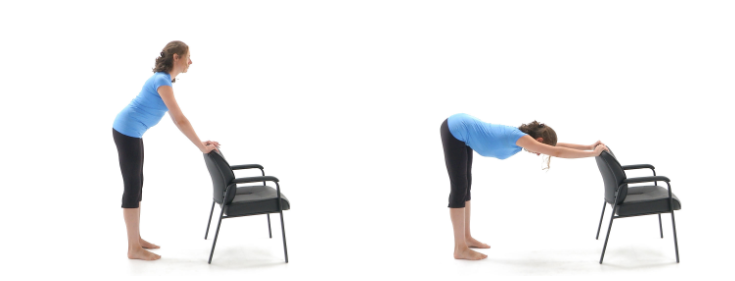
Image from Physiotec
Execution: Hold for 10 x 3 seconds
Instructions: Stand behind a chair or desk, placing both hands on the surface. Step back slightly and hinge at the hips, aiming to pull your chest towards the ground. Maintain this position for three seconds before resetting. This can also be performed with one arm if preferred.
Section 1.2: I/T/M Shoulder Extensions

Image from Physiotec
Execution: 5–8 reps for each position
Instructions: Lie face down, resting your neck on a towel or pillow. Lift your arms overhead and pulse them slightly off the ground. Gradually lower your arms into a T position and then into an M position, ensuring your neck stays relaxed and your breathing is deep. This exercise will enhance the strength and endurance of your traps and shoulders, significantly benefiting your posture and muscular balance.
Section 1.3: Assisted Shoulder Abduction (Backstrokes)
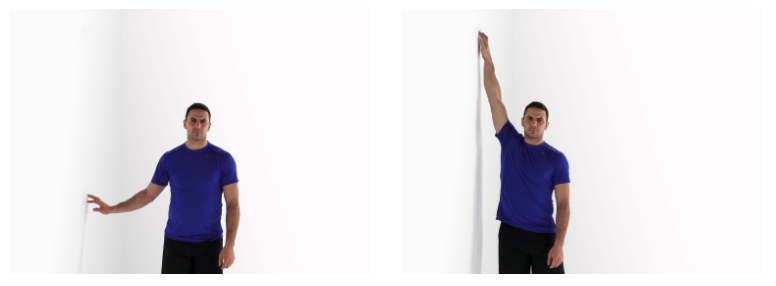
Image from Physiotec
Execution: 5–8 reps per side (moving backward)
Instructions: Stand about two feet from a wall, aligning your body parallel to it. Place one hand on the wall and slide it upward as high as your range allows. Adjust your distance from the wall based on your comfort level, aiming for full abduction. When ready, you can progress to include shoulder extension and perform a full backstroke.
Section 1.4: Banded Wall Sliders
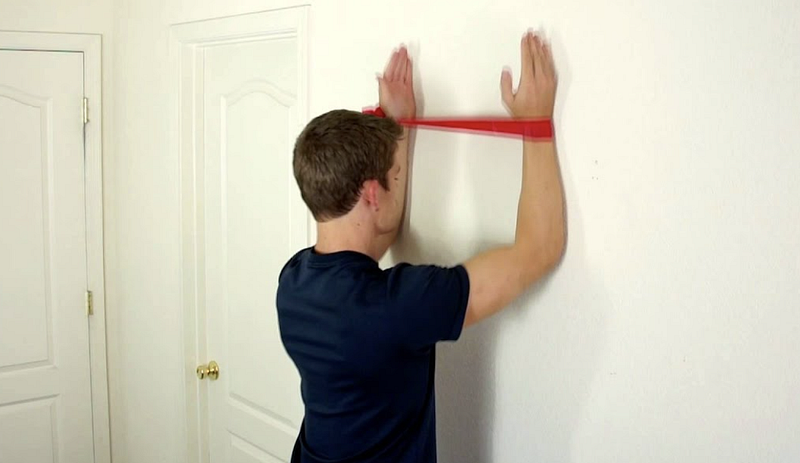
Image from HEP2go
Execution: 2 sets of 10–15 reps
Instructions: Position both forearms against the wall, pressing them in while keeping your shoulder blades apart. Gradually slide your forearms up the wall, reaching your maximum range without losing contact. Return to the starting position and repeat, ensuring your shoulders remain externally rotated throughout.
Section 1.5: Bilateral External Rotation
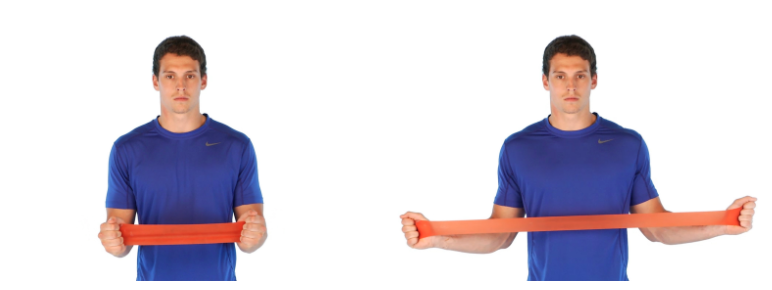
Image from Physiotec
Execution: 2 sets of 15–30 seconds holds
Instructions: Use a towel or band, bringing your elbows to a 90-degree angle. Drive your hands outward to create an isometric contraction. Keep your neck relaxed and avoid pushing into pain. Since this is an isometric hold, you control the resistance.
BONUS! Stability Challenge
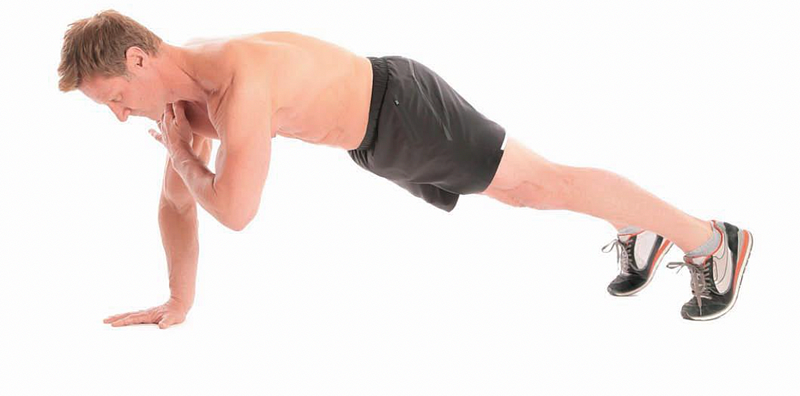
Image from bodymindbeautyhealth.com
Execution: 2 sets of 30 seconds to 1 minute (or 10–20 reps per side)
Instructions: Start in a push-up prep position, touching your opposite shoulder with one hand while maintaining stability in your hips. For an added challenge, bring your feet together! This exercise provides an excellent anti-rotation core workout while also strengthening your shoulders.
In Conclusion
To cultivate resilient shoulders, it’s essential to look beyond basic resistance training. By understanding the intricacies of shoulder movement, you can develop strong, functional shoulders capable of enduring life's challenges well into old age. Just five minutes a day can drastically improve your shoulder health!
What are you waiting for?
-David Liira.Kin

You’ve just explored another insightful post from In Fitness And In Health, a community committed to sharing knowledge and tips for a happier, healthier life. If you’d like to stay updated with more informative content, consider joining my newsletter!